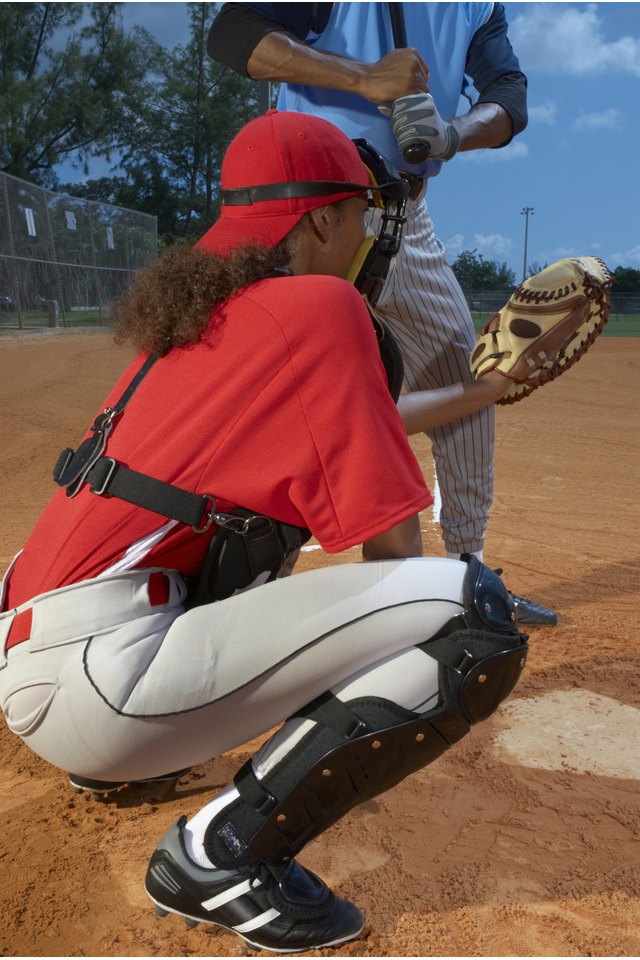The Hip Flexor's Role in a Squat

Professional and recreational athletes such as runners and soccer players depend on strong hip flexors for speed, agility and optimal sports performance. Athletes often perform squats as part of a strength-training routine to build strength and muscle mass in muscles of the legs, hips and buttocks. The hip flexors are not a main muscle used to perform a squat, however, these muscles do impact your ability to perform a squat.
Hip Flexor Anatomy
The three main muscles that perform hip flexion, or movement of your leg forward and away from your body, are the iliacus, psoas and rectus femoris. These muscles run from the front of your pelvis, lower spine and upper thigh, and attach to your femur -- the large bone in your thigh. The rectus femoris muscle continues down the front of your leg, crosses your knee joint and attaches to the tibia -- the bone in the front of your lower leg. The rectus femoris also performs knee extension -- or straightening. The hip flexor muscles are powered by the femoral nerve.
Hip Flexor Tightness
Tight hip flexors affect your ability to perform a squat. Hip extensor muscles -- located in your buttocks -- are the primary muscles involved in the squat. Hip flexors are the antagonist to the hip extensor muscles -- they are located on the opposite side of the joint and move the body part in the opposite direction. Tight hip flexor muscles will prevent your hip extensors from fully straightening your pelvis as you come out of the squat and move into an upright position. Tight hip flexors also pull on your pelvis as you squat and make it difficult to keep your back straight.
Pelvic Stability
The hip flexor muscles are responsible for maintaining pelvic stability while the hip extensor muscles are performing a squat. The hip flexor muscles attach to the front of the pelvis, while your hip extensor muscles attach to the back of your pelvis. As your hip extensors contract -- or shorten -- during the squat, your pelvis is pulled backward into a posterior pelvic tilt. The hip flexor muscles contract to stabilize your pelvis -- pulling it in the direction of an anterior pelvic tilt. If the strength of your hip flexors and extensors is balanced, your pelvis should not move as you perform a squat.
Deep Squat
The deep squat -- dropping your hips below the angle parallel to the ground and bending your knees more than 90 degrees -- increases activity in your hip flexor muscles. As your thighs move beyond parallel to the ground, these muscles contract and shorten to bring your hips lower than your knees into a full deep squat position.
References
- Kean University: Muscular Analysis of Trunk and Lower Extremity Exercises
- Taylored Nutrition: Improving Hip Flexor Mobility and Strength
- Wheeless' Textbook of Orthopaedics: Psoas
- American Society of Biomechanics: Deep Hip Muscle Activation During a Squat Exercise
- Wheeless' Textbook of Orthopaedics: Iliacus
- Wheeless' Textbook of Orthopaedics: Rectus Femoris
Writer Bio
Aubrey Bailey has been writing health-related articles since 2009. Her articles have appeared in ADVANCE for Physical Therapy & Rehab Medicine. She holds a Bachelor of Science in physical therapy and Bachelor of Arts in psychology from the University at Buffalo, as well as a post-professional Doctor of Physical Therapy from Utica College. Dr. Bailey is also a certified hand therapist.
